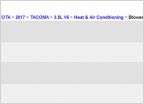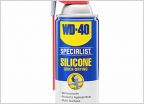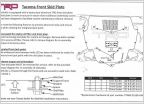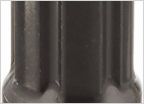-
Welcome to Tacoma World!
You are currently viewing as a guest! To get full-access, you need to register for a FREE account.
As a registered member, you’ll be able to:- Participate in all Tacoma discussion topics
- Communicate privately with other Tacoma owners from around the world
- Post your own photos in our Members Gallery
- Access all special features of the site
Front end & Cold air intake/Exhaust/Snorkel ???
Discussion in '3rd Gen. Tacomas (2016-2023)' started by SoftwareTaco, Apr 11, 2021.
Page 2 of 2
Page 2 of 2


 Another AC Blower motor gone bad?
Another AC Blower motor gone bad? Fumoto engine oil drain valve
Fumoto engine oil drain valve 2019 SR Lock Freezing
2019 SR Lock Freezing Beds Same on Pre 16 to Now?
Beds Same on Pre 16 to Now? TRD PRO SKID
TRD PRO SKID SCS Wheels - Questions
SCS Wheels - Questions











































































